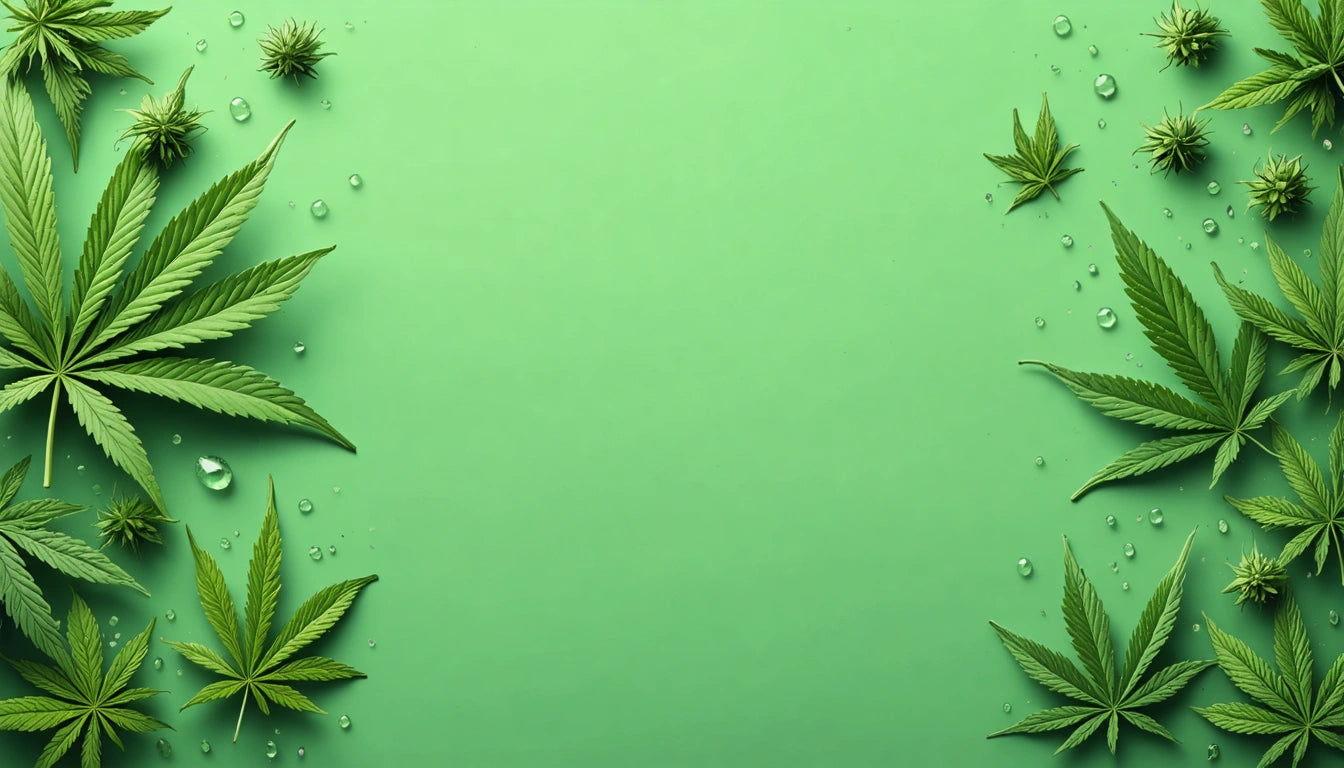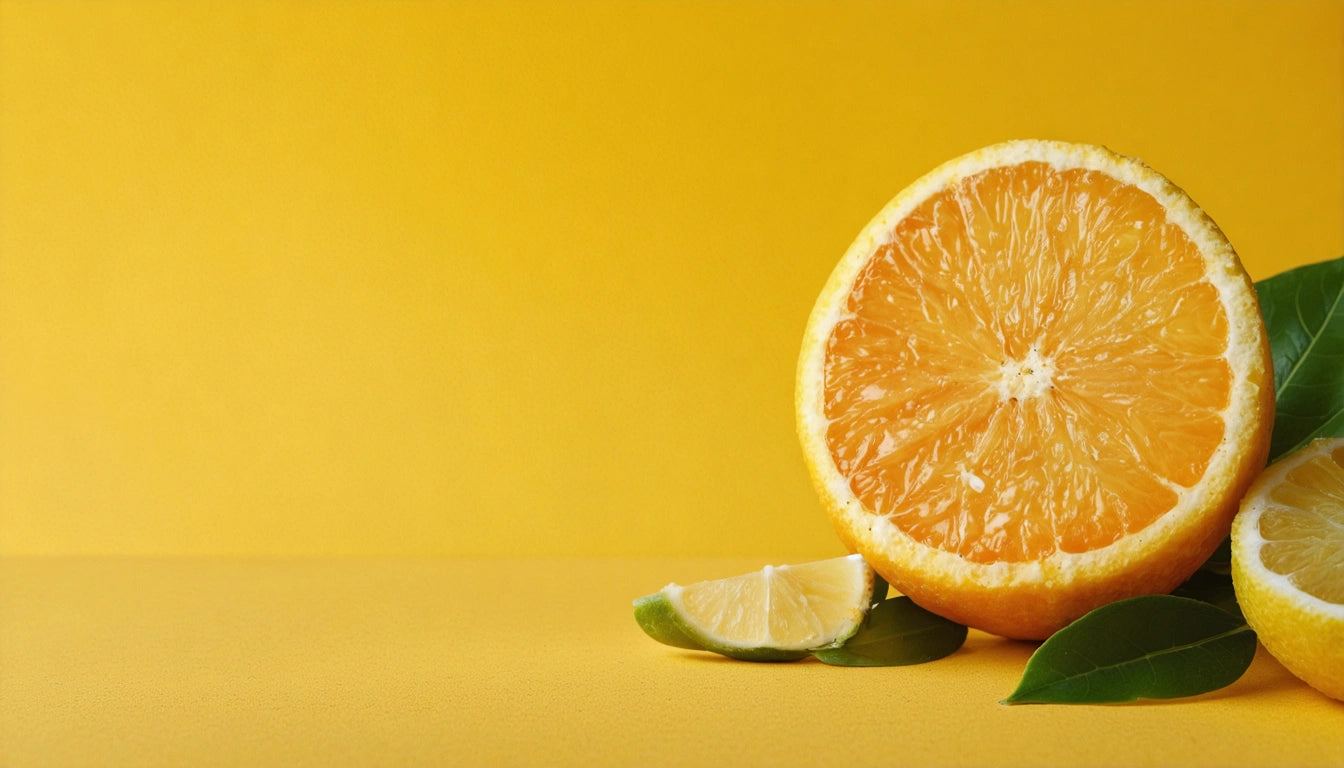Table of Contents
- Defining Marijuana Flower: What Sets Cannabis Apart
- Anatomy of Cannabis Flower: Structure and Components
- Growth Cycle of Weed Plants: From Seed to Harvest
- The Flowering Process: How and When Cannabis Blooms
- Weed vs. Weeds: Distinguishing Cannabis from Unwanted Plants
- Preserving Quality and Potency of Marijuana Flower
Understanding the Anatomy and Growth of Weed and Marijuana Flowers
Cannabis, commonly referred to as weed or marijuana, produces some of the most complex and valuable flowers in the plant kingdom. Understanding what marijuana flower is and how it develops is essential for consumers, cultivators, and anyone interested in cannabis science. This guide explores the anatomy, growth patterns, and unique characteristics that define whole flower weed.
Defining Marijuana Flower: What Sets Cannabis Apart
Marijuana flower refers to the harvested, dried, and cured buds of the female cannabis plant. These flowers are the primary source of cannabinoids like THC and CBD, as well as terpenes that give each strain its unique effects and aromas. When people ask "what is weed flower" or "what is whole flower weed," they're referring to these resin-rich structures that distinguish cannabis from other plants.
Unlike common garden weeds, cannabis is cultivated specifically for its flowers. As explained in this comparison of cannabis forms, flower represents the most traditional and natural way to consume marijuana, contrasting with processed forms like concentrates.
Anatomy of Cannabis Flower: Structure and Components
Calyxes and Pistils
The basic unit of the cannabis flower is the calyx, a tear-shaped structure that houses the reproductive organs. Emerging from calyxes are pistils, the hair-like strands that start white and gradually darken to orange, red, or brown as the flower matures. These pistils are designed to catch pollen from male plants.
Trichomes
The most valuable components of marijuana flowers are the trichomes, tiny crystal-like glands that cover the surface of buds. These microscopic structures produce and contain the plant's cannabinoids and terpenes. Under magnification, trichomes resemble mushrooms with a stalk and bulbous head.
Sugar Leaves and Bracts
Small leaves that grow out of the flower clusters, called sugar leaves, are often coated with trichomes. The bracts are specialized leaf-like structures that surround and protect the seed pod. Together, these components form the complex architecture of what we recognize as marijuana flower.
Growth Cycle of Weed Plants: From Seed to Harvest
Understanding where and how flower grows on cannabis plants requires knowledge of the plant's life cycle. Cannabis is an annual plant, not a perennial, meaning it completes its life cycle in one growing season. This answers the question "are weed plants perennials" - they are not, though they can sometimes be kept in a vegetative state artificially.
The growth cycle typically includes:
- Germination (3-10 days)
- Seedling stage (2-3 weeks)
- Vegetative growth (3-16 weeks)
- Pre-flowering (1-2 weeks)
- Flowering (6-12 weeks)
As detailed in this comprehensive growing guide, each stage requires specific care to maximize flower development and potency.
The Flowering Process: How and When Cannabis Blooms
The question "does weed have flowers" is definitively answered during the flowering stage. Cannabis plants begin flowering when they receive 12 hours of uninterrupted darkness daily, typically occurring naturally as summer transitions to fall. Indoor growers trigger flowering by adjusting light cycles.
During flowering, female plants develop clusters of buds at nodes where branches meet the main stem. Male plants produce pollen sacs instead of resin-rich flowers. This is why growers typically remove males from their gardens, as explained in this article on cannabis blooming.
Weed pollen comes from male plants and can fertilize female flowers, resulting in seed production rather than maximizing resin development. Understanding what weed pollen is and its role helps growers maintain seedless (sinsemilla) crops with higher potency.
Weed vs. Weeds: Distinguishing Cannabis from Unwanted Plants
The term "weed" creates confusion between cannabis and unwanted garden plants. What makes a plant a weed in botanical terms is simply growing where it's not wanted. Cannabis, however, is intentionally cultivated for its valuable flowers.
Several plants resemble cannabis but lack its distinctive properties. As shown in this guide to cannabis look-alikes, plants like Japanese maple or certain hemp varieties can be mistaken for marijuana despite significant differences.
Cannabis can be identified by its serrated leaf edges, opposite leaf arrangement (becoming alternate in flowering), distinctive odor, and characteristic star-shaped arrangement when viewed from above.
Preserving Quality and Potency of Marijuana Flower
After harvest, proper curing and storage are crucial for maintaining the quality of whole flower weed. Humidity control plays a vital role in this process. Too much moisture can cause mold, while too little can make flowers brittle and harsh.
Many cultivators and dispensaries use specialized humidity control products to maintain optimal moisture levels in stored cannabis. These products help preserve terpenes and prevent degradation of cannabinoids over time.
For dispensaries, deli flower refers to cannabis sold by weight from larger containers rather than pre-packaged. This method allows customers to see and smell their purchase before buying, though it requires careful handling to maintain freshness.
Whether growing for personal use or purchasing from dispensaries, understanding the complex structure and life cycle of cannabis flowers helps consumers appreciate the plant's remarkable properties and make informed choices about quality and consumption methods.











Leave a comment
All comments are moderated before being published.
This site is protected by hCaptcha and the hCaptcha Privacy Policy and Terms of Service apply.